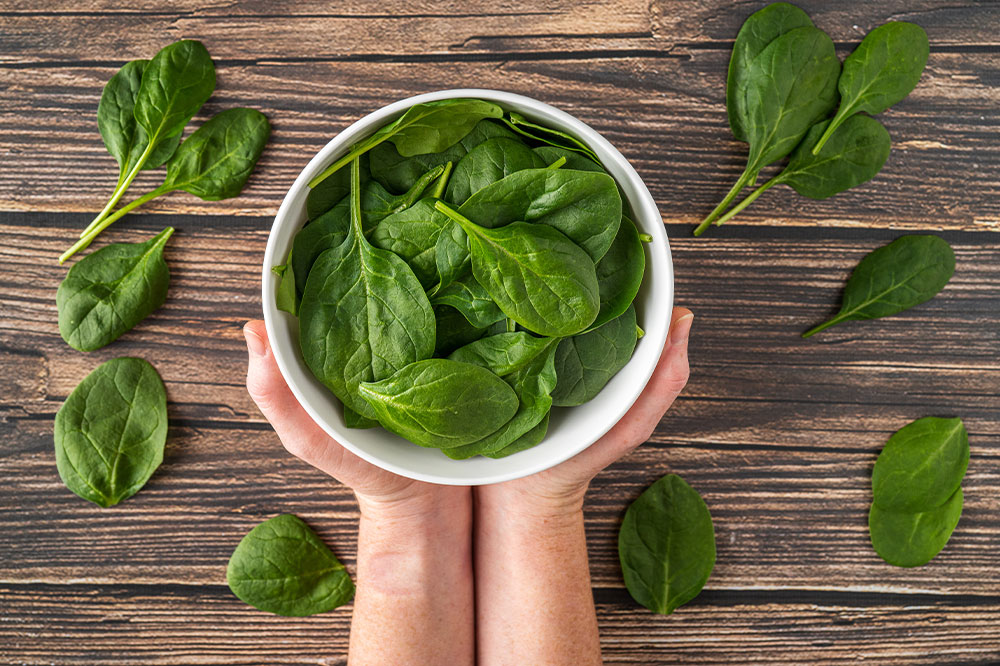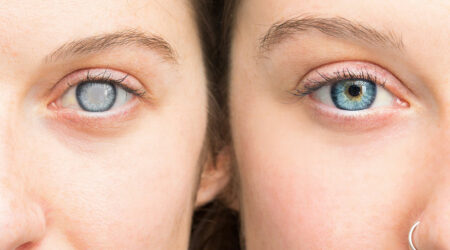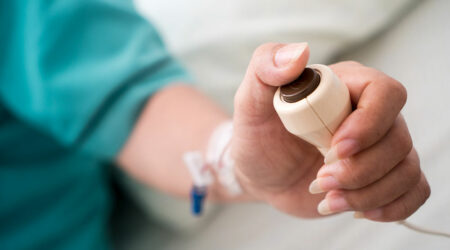
Macular degeneration – Symptoms, causes, and remedies
Macular degeneration, also known as age-related macular degeneration or AMD, is a common eye disorder caused due to the deterioration of the macula. The macula is a small area in the retina. Macular degeneration leads to an eventual loss of central vision and can be classified into wet and dry types. More than 11 million individuals in the country have AMD. Read on to learn more about its symptoms, causes, and treatment options.
Symptoms of macular degeneration
There are two main types of age-related macular degeneration: wet AMD and dry AMD. The symptoms of the condition can vary depending on the type. But, in the early stages, it can be difficult to understand the difference as individuals usually have common symptoms. Signs include a gradual change in vision, distortion in vision, and even change in the quality of your sight. People may also experience dry and blurry areas in the center of their vision. In rare cases, there may also be changes in the perception of color. Symptoms specific to dry macular degeneration include retinal damage, trouble adapting to low light, and difficulty recognizing faces. Symptoms for wet macular degeneration include hazy vision and rapid progression of the condition compared to dry AMD.
Causes
There is no exact known cause of macular degeneration. Experts have not been able to figure out why some people develop this condition and why some people do not. But, they have been able to identify certain risk factors that increase the chances of developing AMD. These risk factors include family history, weight, cardiovascular conditions, and high cholesterol. Age is also a contributing factor to macular degeneration. Studies have shown that those over the age of 55 are more likely to develop this condition.
Treatment options
There is no cure for macular degeneration. All available treatments are used to slow down this condition’s progression or reduce the symptoms and make it possible to live with it. With wet AMD, individuals can work with a low-vision rehabilitation specialist to help cope with vision loss. Individuals can also opt for anti-vascular endothelial growth factor treatments to help develop new blood vessels in the eye. Wet AMD is additionally treated with photodynamic therapy that seals bleeding blood vessels and photocoagulation that tackles abnormal blood vessels. Doctors may also suggest working with a low-vision specialist when it comes to dry AMD. Other treatments for dry macular degeneration include eye vitamins and, in worse cases, surgery.
Foods for macular degeneration
Treatment can go a long way when it comes to AMD, but individuals can also try supportive natural methods to boost their eye health. Foods can provide essential nutrients, vitamins, and minerals that can improve eye health in general. Leafy vegetables such as spinach and kale, fruits with high levels of vitamin C, fatty fish such as salmon and tuna, and even eggs are good for AMD. While some foods are good for eye health, some can actually do more damage. Processed foods, such as french fries or soft drinks, should be avoided.
Natural remedies
Aside from foods, individuals can also try other natural remedies that can help with AMD. Exercise helps the body stay healthy and boosts eye health by keeping the body weight in check. It is recommended to exercise moderately at least five days a week for a minimum of 20 minutes. Another way to prevent AMD in the early stages is to get routine eye checkups. People can also try vitamin supplements as a natural way to tackle macular degeneration.




